Can a slime mold help us rethink our methodologies as designers while, more abstractly, questioning how we contribute to a structurally uncreative society?
The Mucolm Project coalesced as an ever-expanding body of work openly investigating aesthetics and radical ideologies derived from the properties of Slime Molds.
Display Typeface
The Mucolm typeface works most vital in the form of a metaphor, representing the need to separate ourselves from our intrinsically human-centered lives, and a new and exciting way of thinking that is beyond our ego.
Slime Mold Grid
The typeface is based on a grid derived from an image of a slime mold I observed during the past few months. The eukaryotic organism had dried up, changing the more organic, sporadic structures that a slime mold is known for into shapes that resembled more geometric circular ones, like craters spreading outward in varied sizes.
Parts of the dried-up systems would break off abruptly, discontinuing the pattern while introducing interesting lines through the slime mold. The grid resembled the combination of these circular craters and the lines arriving through cracking and breaking.
Bitmap Grid
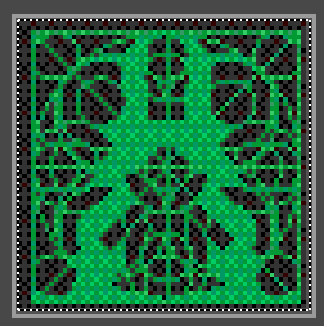
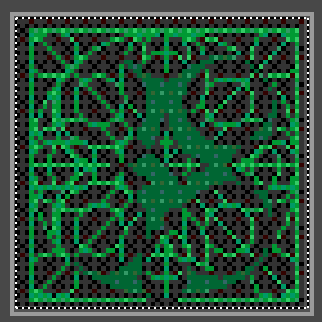
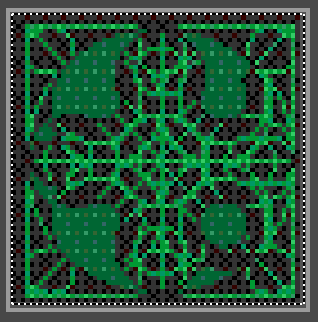
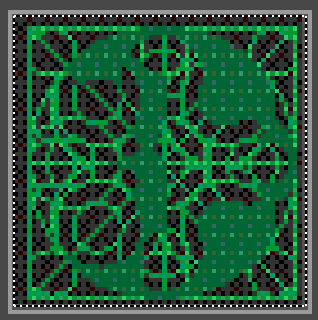
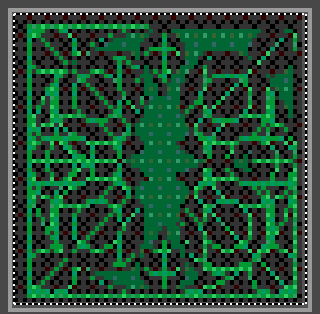
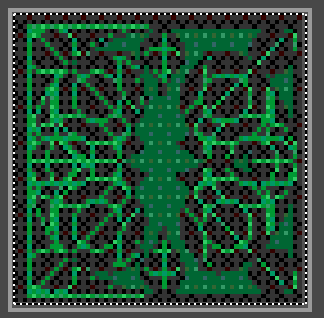
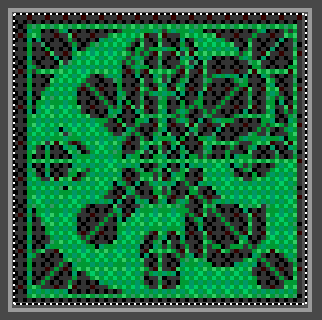
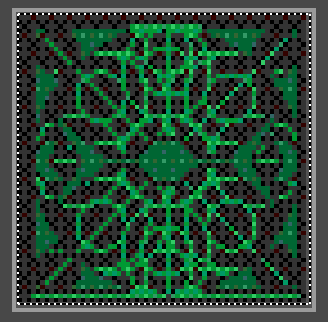
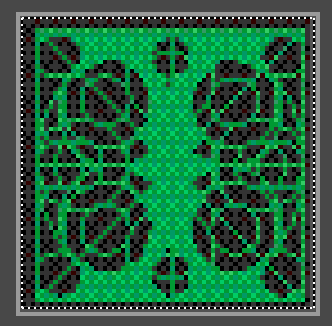
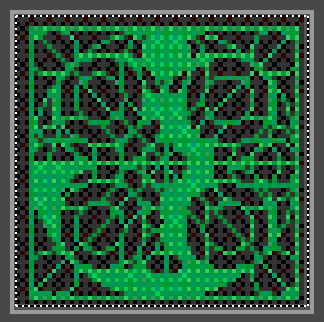
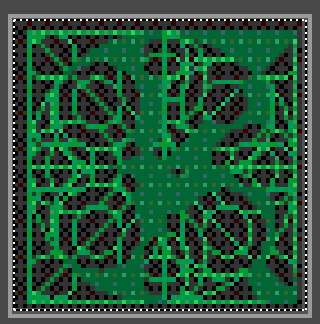

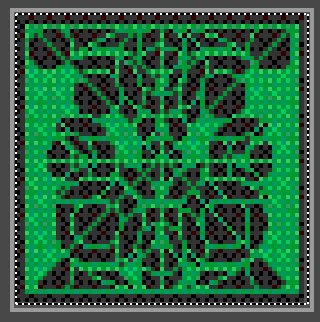
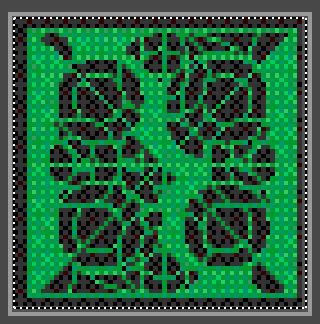
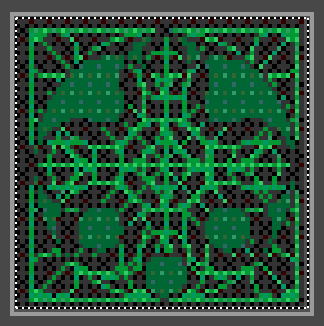
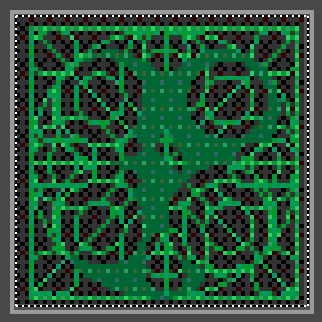
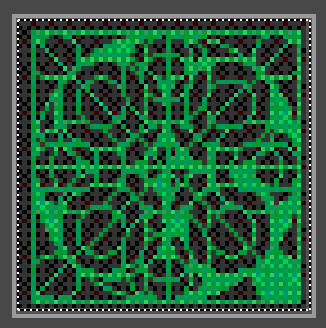
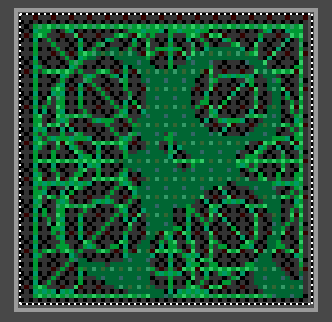
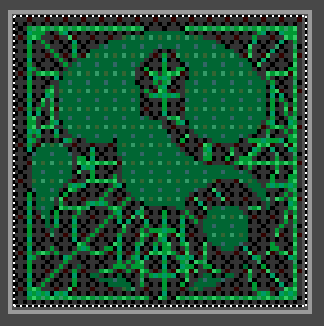
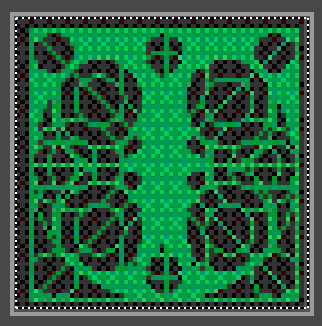
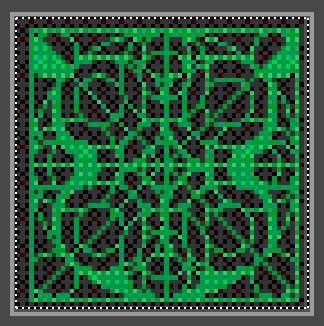
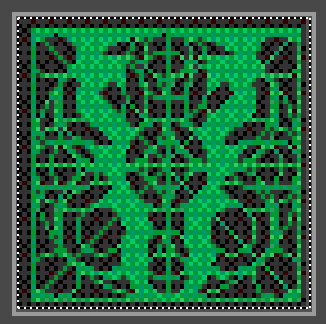
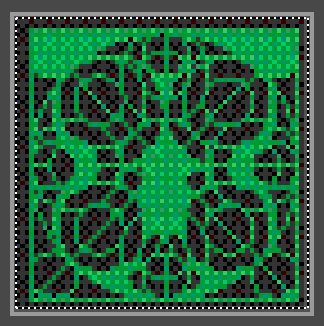
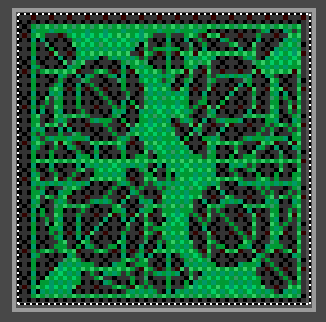
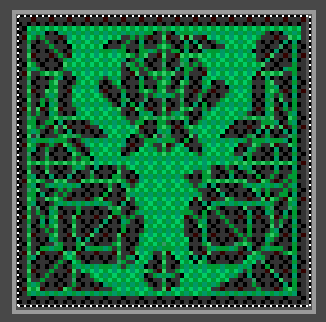
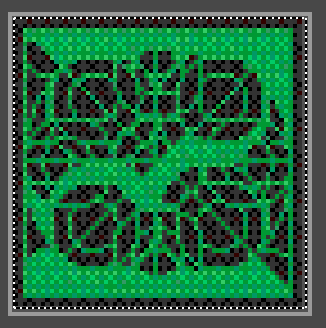
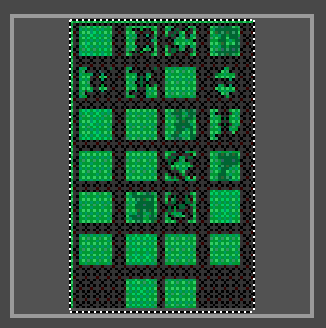
Alternative Bitmap Visuals
Posters for the Philosophy Around Slime Mold